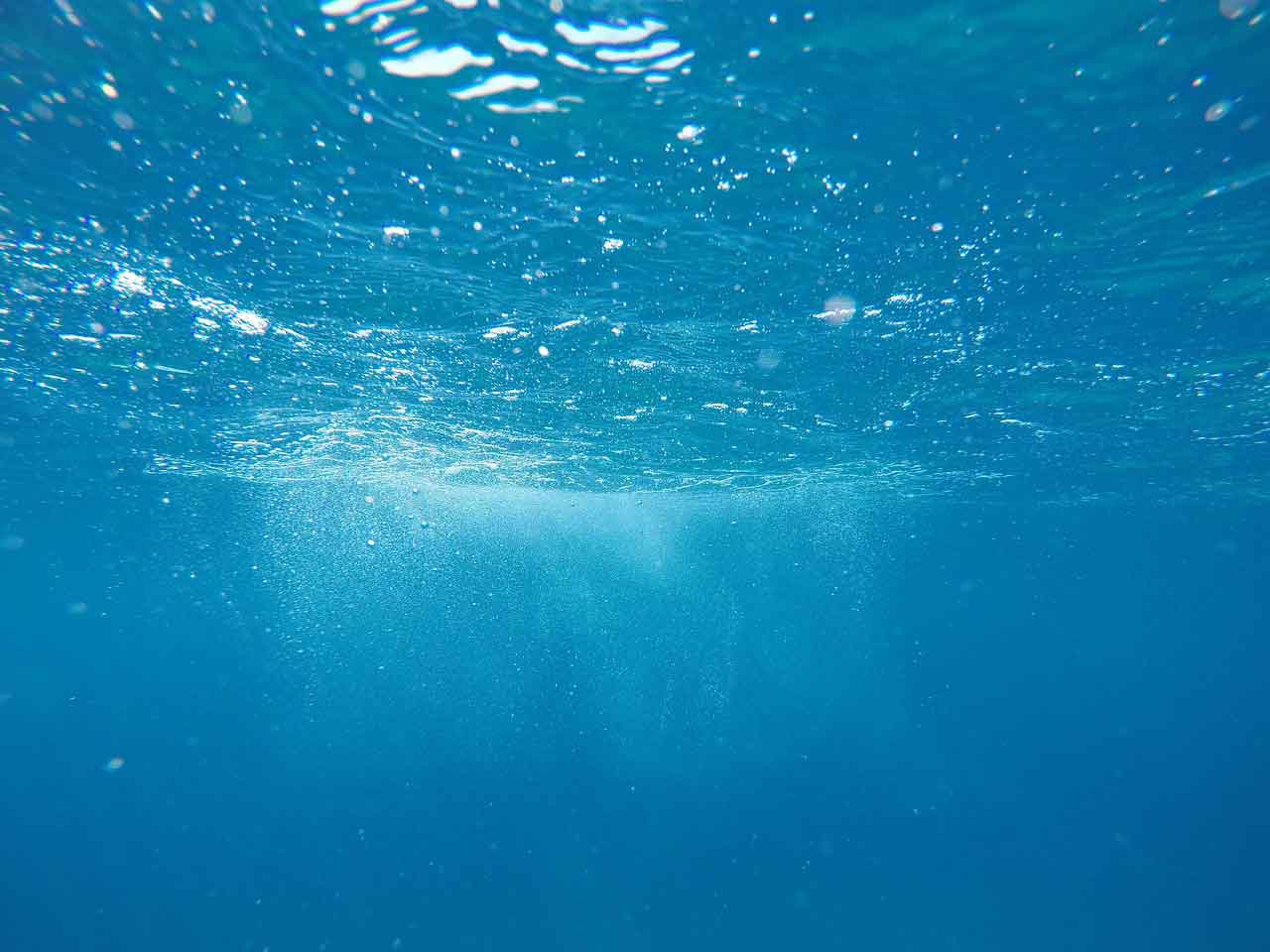
Not just photosynthesis: the coastal microbiome captures CO₂ even in the absence of light
Carbon fixation is the process by which CO₂ is converted into organic matter. While it is well known that algae and other photosynthetic organisms in the oceans produce about half of the oxygen on our planet, a new research – published in the emerging journal Ocean Microbiology – has drawn attention to lesser-known microorganisms that do not rely on sunlight to capture CO₂.
A team of OGS researchers studied these processes in natural microbial communities in the northern Adriatic Sea for two and a half years to understand the importance of non-photosynthetic carbon fixation in shallow temperate waters.
The study, which was carried out using incubation experiments and genetic analyses, revealed significant seasonal differences in these waters. In winter, in low light, chemoautotrophic organisms (which derive their energy from inorganic chemical substances) are responsible for about a third of CO₂ fixation and supply the coastal food webs with "fresh" organic material.
One microorganism, Candidatus Nitrosopumilus, appears to play an important role in this process. By gaining energy from the oxidation of ammonia, it fixes CO₂ and contributes to the accumulation of nitrite, an essential nutrient for the growth of microalgae and thus for the health of the ecosystem.
The study emphasises the importance of long-term monitoring to understand the dynamics of the processes that regulate life in the oceans and the Earth's climate.
-
The research was also funded by the National Biodiversity Future Centre (NBFC), a project of Italy’s National Recovery and Resilience Plan (PNRR), Mission 4 “Education and Research",” Component 2 “From Research to Business",” Investment 1.4 "Strengthening research infrastructures and creating national R&D champions" in selected Key Enabling Technologies (National Centres). OGS is among the Project's partners.
Foto: StockSnap / Pixabay
